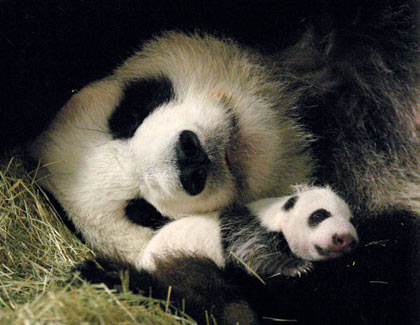The Forest has the great biodiversity and guarantees the necessary ecological balance. Therefore, it is each time more recognized as a space basic importance for the maintenance of the natural values and for the improvement of the quality of life of the populations. The forests cover about 30% of the terrestrial surface. It is in the forests and other vegetal covers where the photosynthesis on which the life depends: production of oxygen from the carbon dioxide. They are depositaries of 2/5 of all carbon stored in terrestrial ecosystems, being considered as “the lungs of the world” or “carbon sinks”. Beyond the indispensable photosynthetic function, the forests play excellent relevant roles, in an ecological, economic and social level. Among innumerable functions, them:
- They are a good source of wood, fuels, foods and raw materials (for example: resin, cellulose, cork oak, fruits, berries);
- They have protection functions of the ground against erosion, and of control of the cycle and the quality of the water;
- They concentrate most of terrestrial biodiversity, particularly vegetal and animal species;
- They have a high landscaping and recreative value.
Posted by: Rita Fragoeiro












